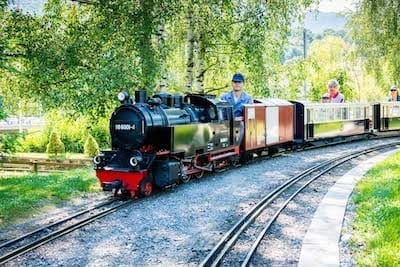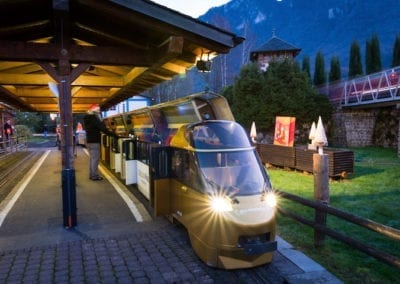How does a steam locomotive work?
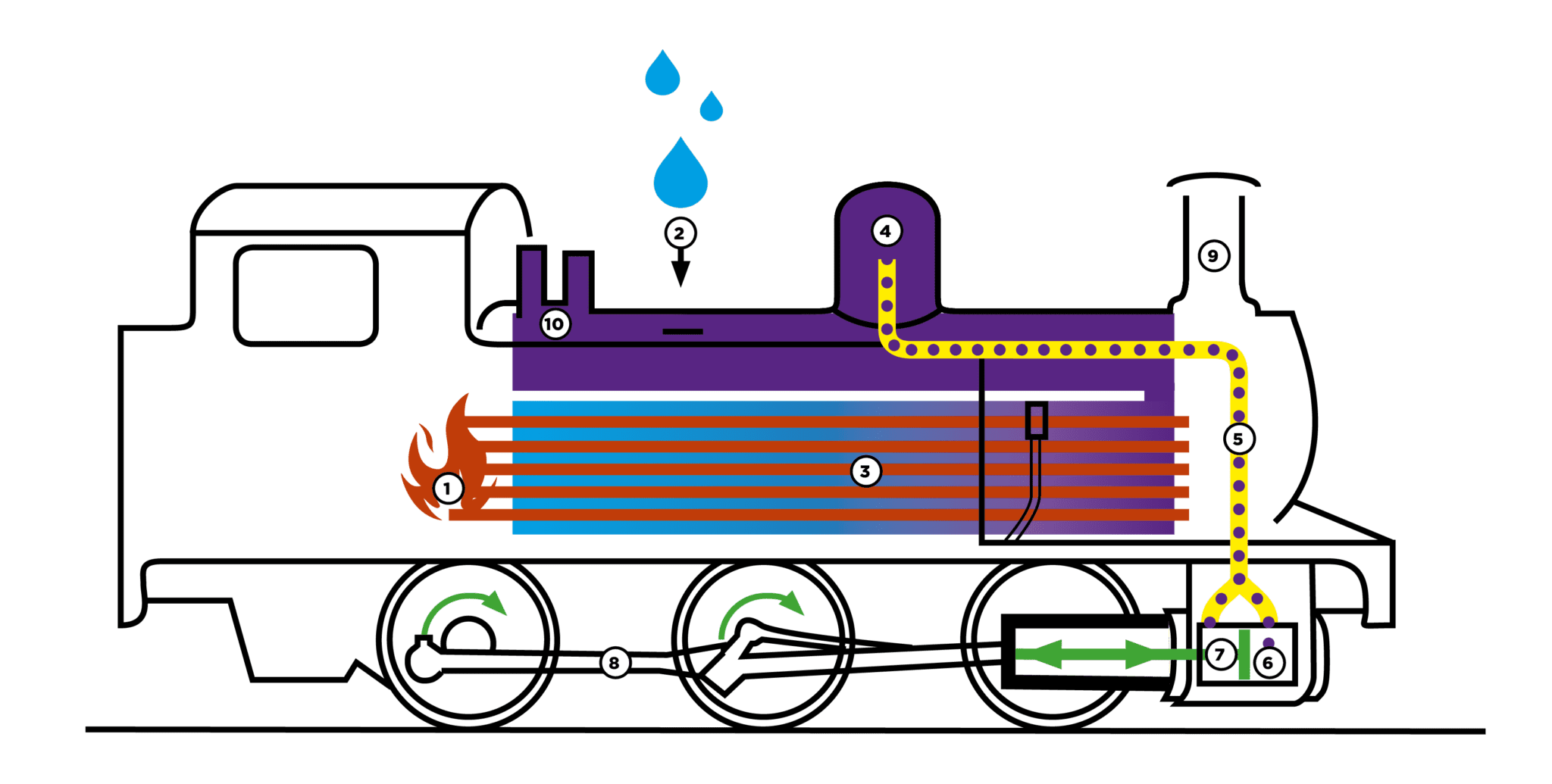
The firebox (1) contains the fire, which is essential to the operation of the locomotive. Cold water (2) is heated by the tubes (3) and turns into steam. It becomes light and accumulates in the dome (4) from where it is routed (5) in more or less quantity into the cylinders (6). The steam pushes the pistons (7) in one direction and then in the other. The latter carries with it the coupling rods (8) and the wheels of the machine. The chimney (9) expels exhausts composed of steam and smoke by fanning the fire. Safety valves (10) allow the rapid expulsion of excess steam if too much pressure builds up in the boiler.
HEATING THE STEAM ENGINE
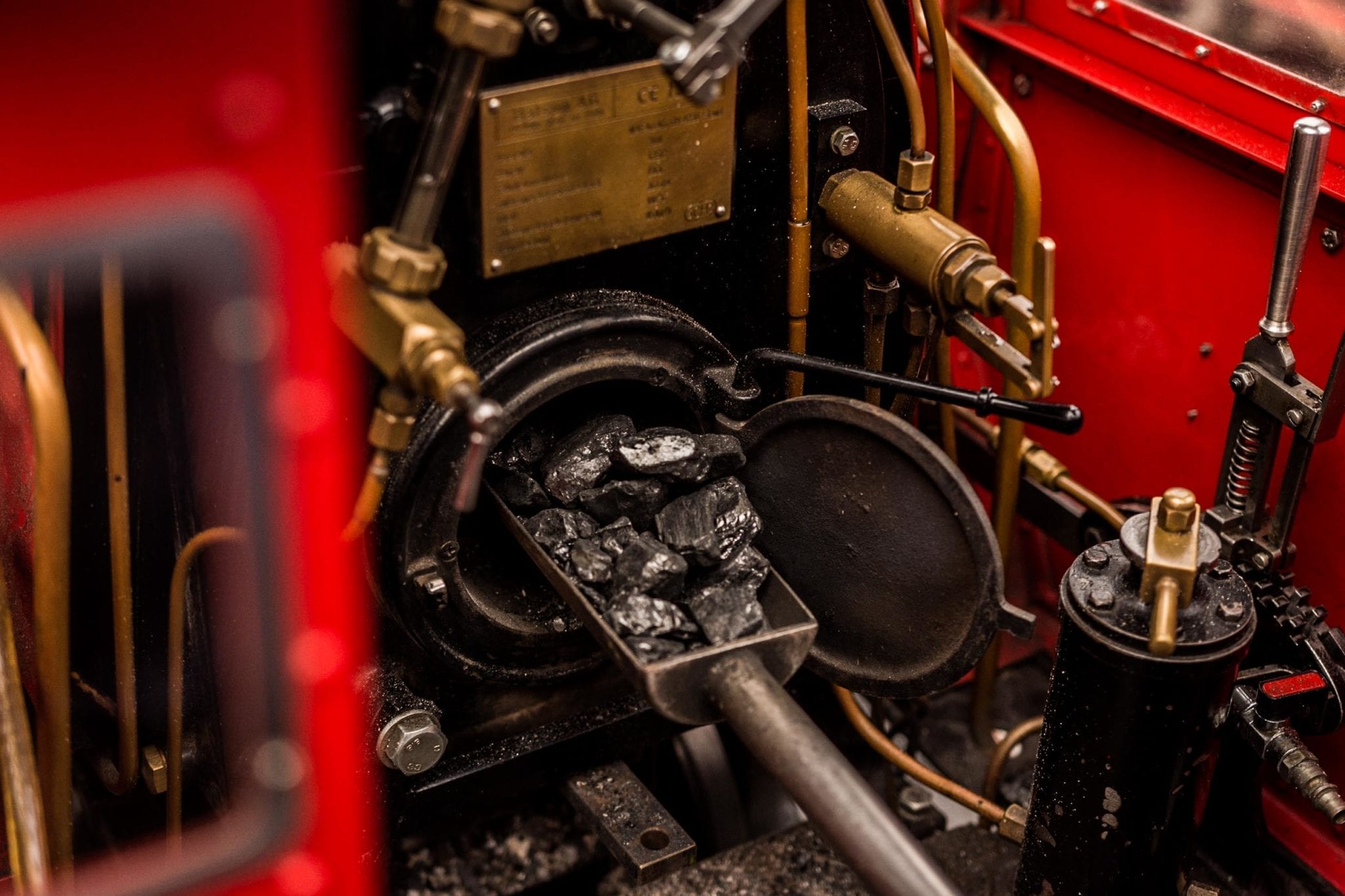
This is the first step of the day For the steam train driver. This step involves putting the machine under pressure in order to use the steam to ride
The heating takes 1 hour and a half. During this time, the steam train driver prepares the machine and the rest of the mechanics for the day. He lubricates the rods (the system that drives the wheels) and all the moving parts of the locomotives to avoid friction of the metal that could distort the parts.

WELL-OILED MECHANICS…
Mechanics are an important part of the operation of the Swiss Vapeur Parc The overhaul of the machines, the maintenance and extension of the circuit, the routine repairs and the evolution of the rolling stock make up a considerable list of tasks to do for our technical manager and his team.
The technical team has a fully equipped workshop and carries out much of the maintenance and construction work. However, the assistance of third parties or partner companies is necessary for certain works.
How an electric locomotive works

The so-called “electric” locomotives operate thanks to a generator (1) petrol (2). Information from the driving position (3) is processed by an automaton (4) and influences the two electric motors (5) placed above the two bogies. The engines drive the axles (6) using a chain.
Our electric locomotives
“A smell of coal and steam rises, a whistle blows, the platform is teeming with passengers, the train enters the station. Soon the shoveling of coal is piled up in the firebox and the mechanic begins his work of lubricating the shiny mechanics…”
INFRASTRUCTURE AND SIGNALS
The Swiss Vapeur Parc circuit allows you to ride with trains with two different rail gauges:
5 inches (127 mm)
7 1/4 inches (184 mm)


Switches allow trains to change direction. They are all custom built by our mechanic.
Step 1: The train, guided by wheel flange of its axles, will go straight on the rails represented in green.
Step 2: The train will turn left following the path shown in green.
The blades are operated by compressed air and a jack. The switches must be regularly cleaned, oiled, greased and maintained to ensure that it is functioning properly as a whole.
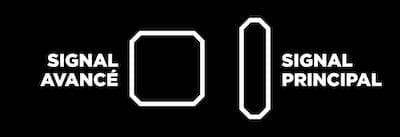
There are a multitude of signals regulating rail traffic. The signage shown at the Swiss Vapeur Parc is modeled on the actual signage and is fully functional. It regulates traffic and indicates the position of the switches.
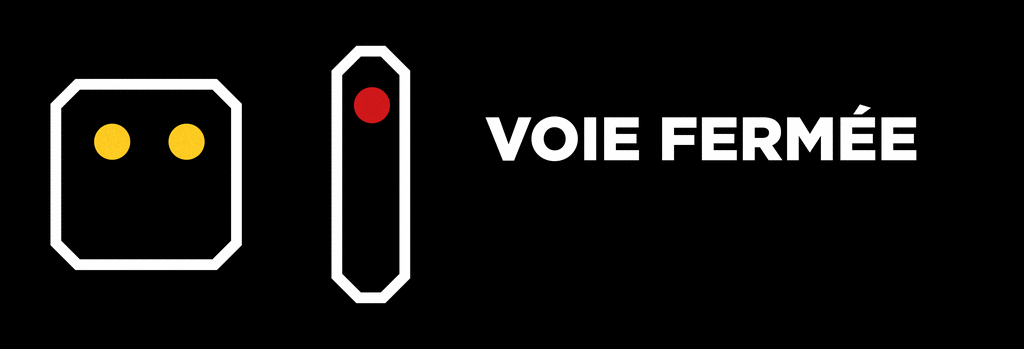
“Signal images” are the position and color of the lights on a signal. All signal images must be known and remembered to be able to drive on the circuit. They give drivers real-time information about speed, direction of the switches and track occupancy.






